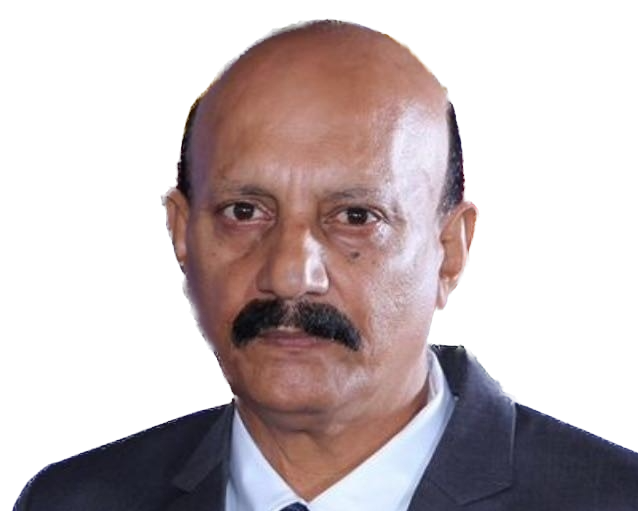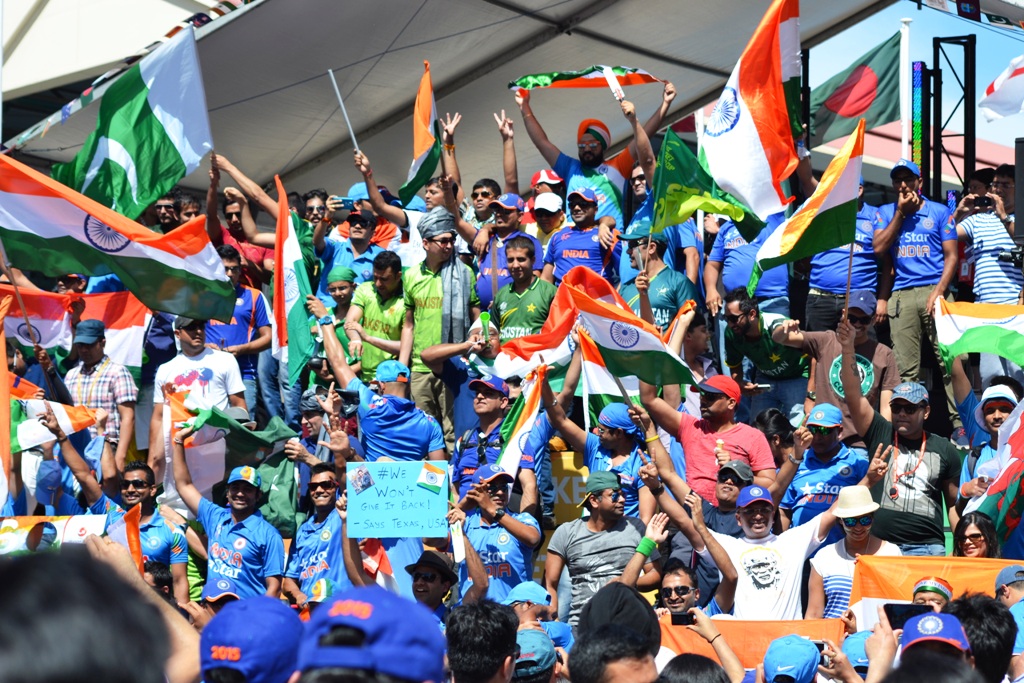We thought we understood the role of and the power that cricket wields in this wonderful land of ours back in 2007 when Mumbai came to a grinding halt as the Indian team which had won the ICC World Twenty20 returned to a reception that included a fantastic drive from the airport to the Wankhede Stadium.
We had not reckoned with the team’s conquest of the ICC Cricket World Cup 2011 with a victory in the final in Mumbai itself. Even as the Mahendra Singh Dhoni sent the ball into orbit to clinch a six-wicket triumph over Sri Lanka, a whole nation erupted in a wild celebration that continued till the early hours of Sunday.
Yet, even as Olympic double trap silver medallist Rajyavardhan Rathore and tennis stars Mahesh Bhupathi and Somdev Devvarman joined the nation in celebrating the moment, it is hard not to think that the challenges faced by other sport have only got interesting. Of course, for all other sport, the climb into the collective consciousness of the nation just got that much steeper
Some of us may spend a whole lifetime in understanding the role of cricket and the power it exudes in this country. Those charged with the task of running other sport do not have such a luxury of time and will have to find ways for their stars – established and rising – to be in the limelight that they so deserve.
In seeking that solution, administrators and players of sport other than cricket must avoid the temptation to see the Indian cricket team’s success and the ensuing euphoria as a threat to their own survival. They must draw inspiration from cricket’s success and find methods to take their stars to the drawing rooms across the country.
It is clear that only when these champions are seen to be performing, competing with best in the world and emerging on top regularly enough on our TV sets that they will get the recognition they seek among the people of this country. It is not as if the people are besotted with cricket only but the cricketers are seen more often than many of these deserving champions.
We saw a good example of that in the last quarter of 2010 when the Commonwealth Games in Delhi and the Asian Games in Guangzhou brought many of our champions to the fore. The sight and sound of more than 50,000 people singing the National Anthem at the Jawaharlal Nehru Stadium is still fresh in our memory but these need to be refreshed and upgraded all the time!
As he was basking in the glow of leading the team to a World Cup title, the Indian cricket captain Mahendra Singh Dhoni did not forget that India had made progress in other sport in the past few years. “If you look at the last three or four years, we’ve done well in shooting, tennis and hockey. In football too we’ve won,” he said.
Besides their own traditional support base, there are a few role models who can inspire the young to take to their sport, be it in boxing, shooting, wrestling, archery etc. In the recent past, India has celebrated champions like Saina Nehwal and Somdev Devvarman, Gagan Narang and Deepika Kumari, Vijender Singh and Sushil Kumar. Yet, they need to be competing often at home.
That brings us to the advantages of high profile events to be conducted regularly in India so that our champions can be showcased. We have already seen how badminton has taken steps in that direction, organising the World Junior Championship in Pune, the World Championship in Hyderabad and is now getting ready for the inaugural Super Series event in Delhi.
For all that, as the officials grapple with ideas to modify the product to cater to the changing needs of the Indian sport fan, they must not see cricket as an adversary but as an inspiration, especially to counter the growing threat from sport which are broadcast more on TV – Formula One, English Premier League football and its likes, tennis golf and NBA basketball.
This piece was written for Prabhat Khabar.



One thought on “The conquest adds to challenge of other sport”